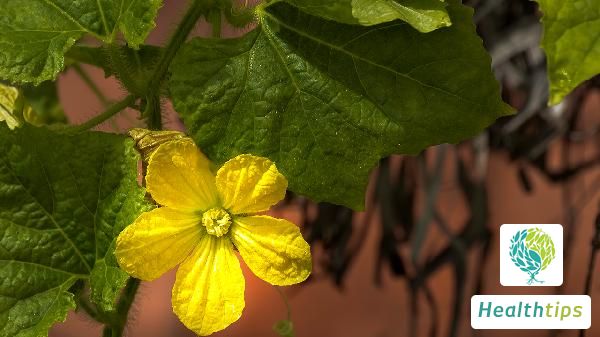What are the differences between white lotus seeds and red lotus seeds?
White lotus seeds and red lotus seeds generally have differences in color, production processes, efficacy, and sources. They can be consumed under medical advice to avoid adverse effects on health.

1. Color Differences
White lotus seeds mainly appear white in appearance, while red lotus seeds mainly appear red. There is a difference in color between the two.
2. Differences in Production Processes
Both red lotus seeds and white lotus seeds are seeds of the lotus plant. White lotus seeds are made after removing the membrane of red lotus seeds, while red lotus seeds retain an outer layer of red membrane.
3. Differences in Efficacy
Both belong to traditional Chinese medicinal materials. However, white lotus seeds usually have the effects of calming, tonifying the kidney and securing essence, and lowering blood pressure. Red lotus seeds have the effects of lowering blood pressure, clearing heat and reducing fire, nourishing and tonifying deficiencies.
4. Differences in Sources
White lotus seeds are lotus seeds after peeling, while red lotus seeds are the product of dried fruits and are usually not specially processed.
In addition, there is also a difference in taste. Since white lotus seeds have been peeled, they usually appear soft and mushy after cooking, while red lotus seeds are not easily cooked to mushiness and usually have a tougher texture.
If discomfort occurs after consumption, it is recommended to visit a formal hospital for examination and treatment to avoid delaying the condition.



















